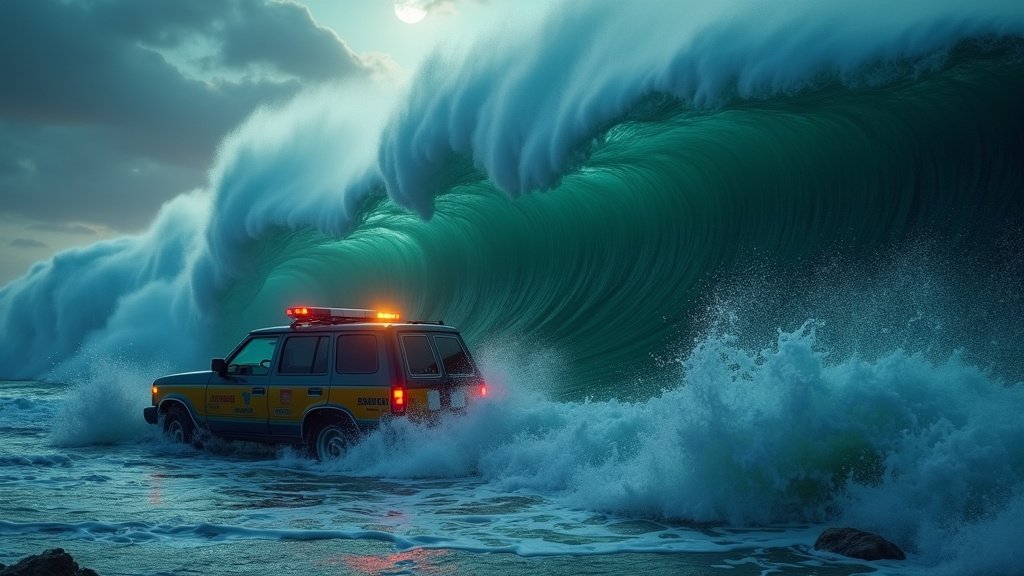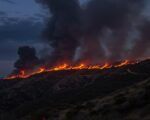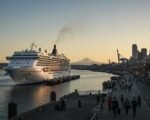Tsunami waves generated by a powerful 8.7-magnitude earthquake off Russia’s Kamchatka Peninsula have made landfall along the United States West Coast, impacting coastal communities in Washington, Oregon, and California.
Pacific Coasts Feel the Impact
The seismic event, which struck early Wednesday, July 30, 2025, sent tsunami waves across the Pacific. In California, specific measurements indicated the largest observed waves at Arena Cove, reaching 1.6 feet. Crescent City, located in Northern California, recorded waves exceeding 1.5 feet, with predictions suggesting potentially higher surges due to the area’s unique underwater topography. Monterey, California, also experienced notable wave activity, with measurements at 1.4 feet.
The San Francisco Bay Area reported rapid and significant fluctuations in water levels, with some areas experiencing changes up to 61 centimeters, equivalent to two feet. Monterey Bay was particularly affected by these dynamic water level shifts.
Authorities across the affected regions have issued advisories, urging the public to remain clear of beaches and coastal areas. The expectation of elevated water levels and strong, unpredictable currents necessitates these precautions to ensure public safety. The wave action is anticipated to persist for several hours, requiring continued vigilance.
Global Alerts Issued
The reach of the tsunami extended far beyond the immediate vicinity of the earthquake’s epicenter. Tsunami warnings were officially issued for multiple countries across the Pacific, including Papua New Guinea, the Solomon Islands, and Vanuatu. Additionally, coastal regions in South America, specifically China, Peru, and Ecuador, were placed under tsunami alerts as a precautionary measure.
Officials monitoring the situation emphasized the importance of heeding all local warnings and advisories. The scale of the earthquake and the subsequent tsunami threat underscored the interconnectedness of Pacific Rim nations and the need for coordinated disaster response.
Understanding Tsunami Dynamics
Scientists explained that the immense energy released by an 8.7-magnitude earthquake can generate significant displacement of ocean water, leading to the formation of tsunamis. The characteristics of the seafloor and coastline can influence the size and impact of these waves, as seen in the specific observations at locations like Crescent City, where underwater geography plays a role in wave amplification.
The persistence of the wave action for several hours means that coastal communities must remain alert and informed throughout the period. The early morning timing of the earthquake meant that some coastal preparations were able to be implemented before the waves arrived on the US West Coast, though the dynamic nature of the event continues to pose a risk.
Public safety remains the paramount concern, with emergency management agencies continuing to monitor the situation and provide updates. The event serves as a stark reminder of the natural hazards present in seismically active regions and the critical importance of preparedness and timely information dissemination.


















